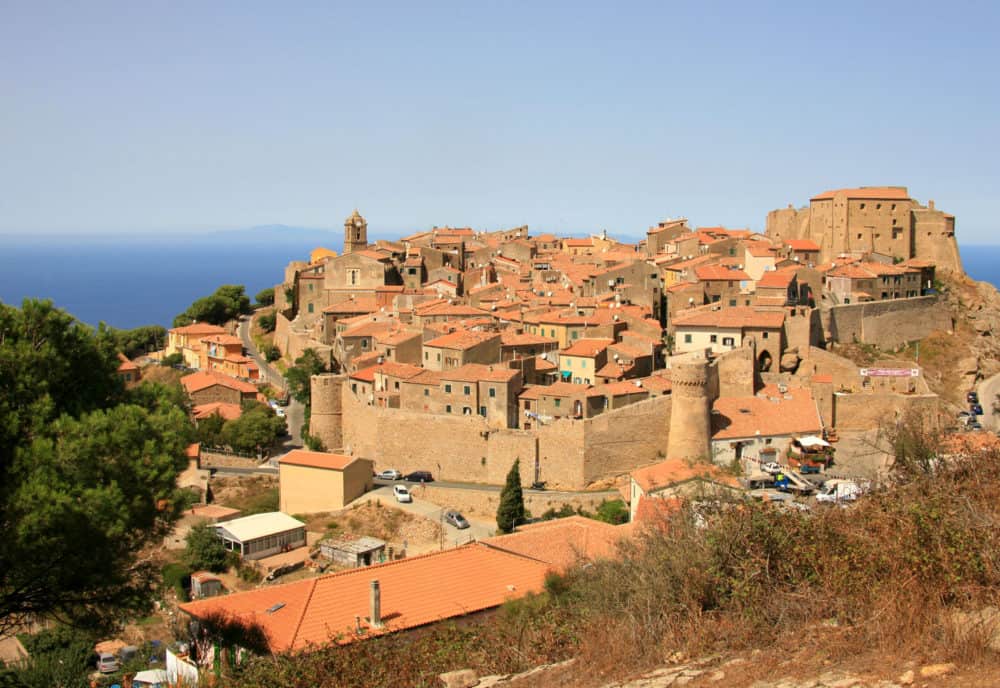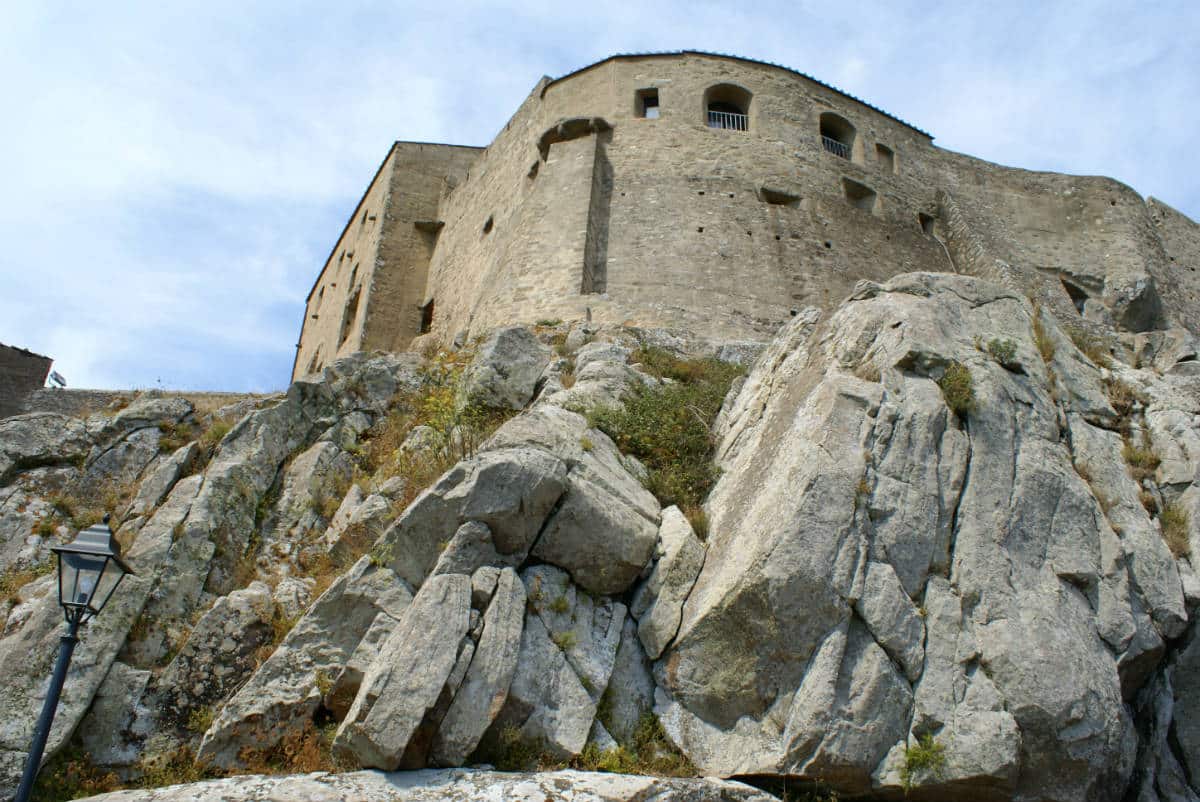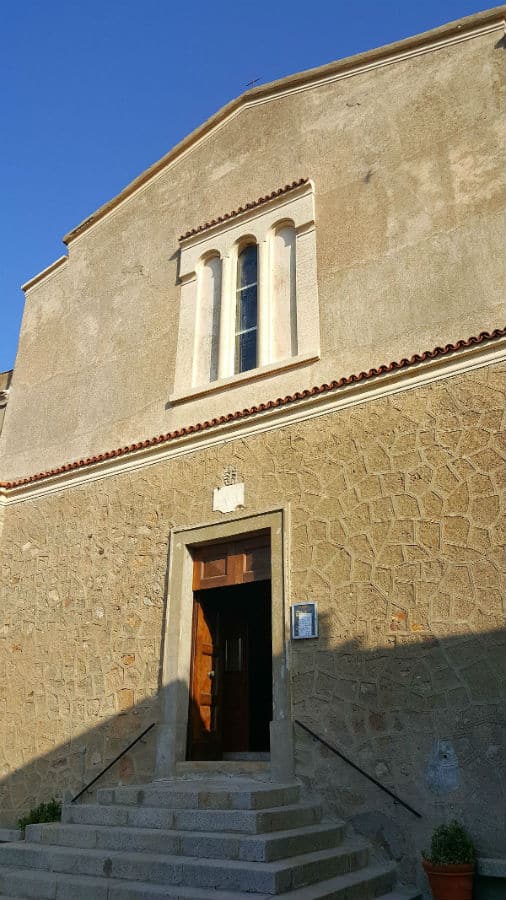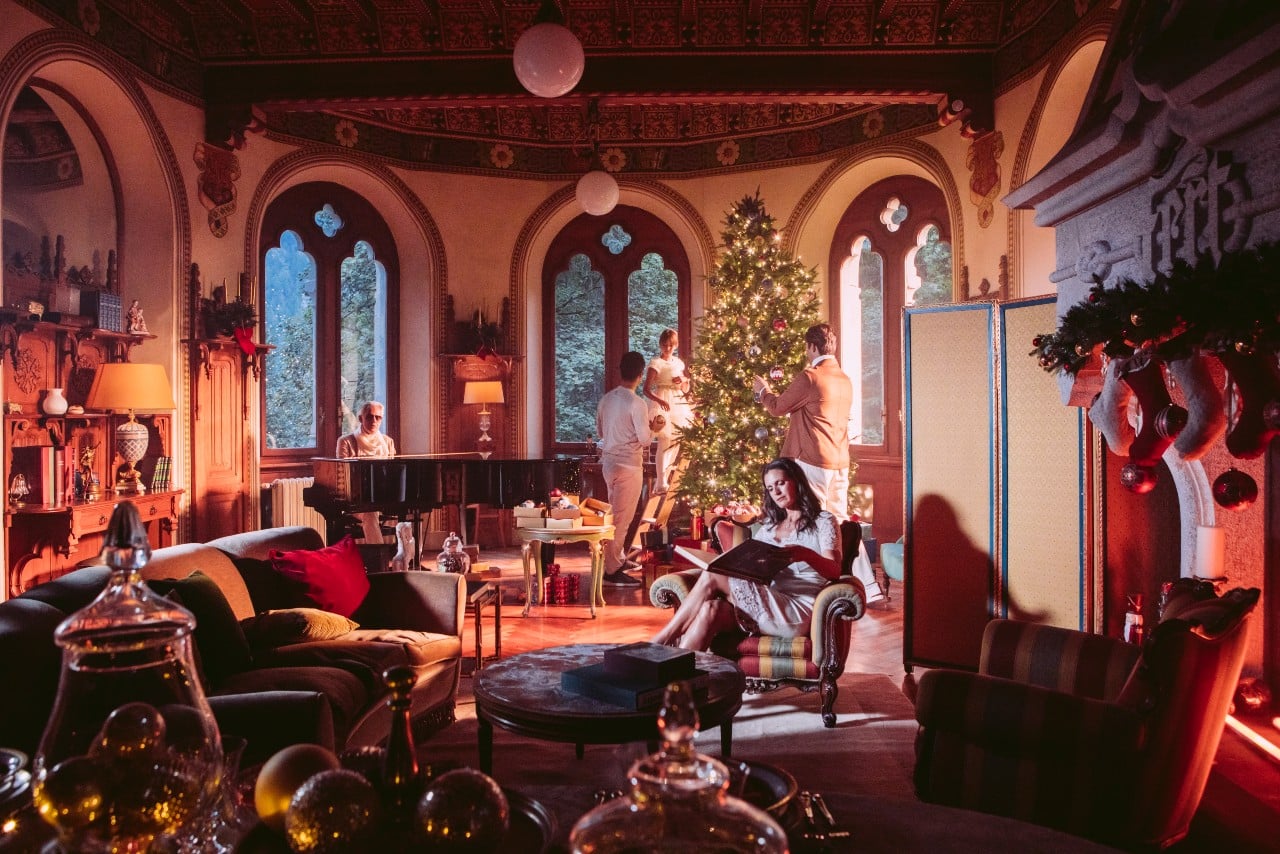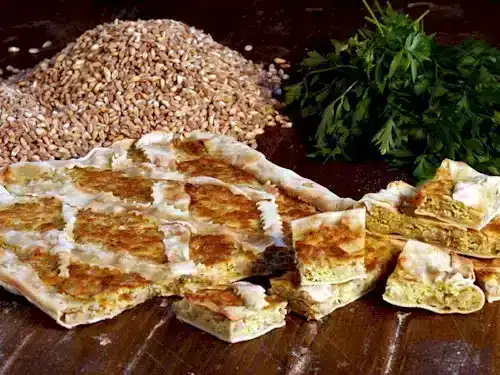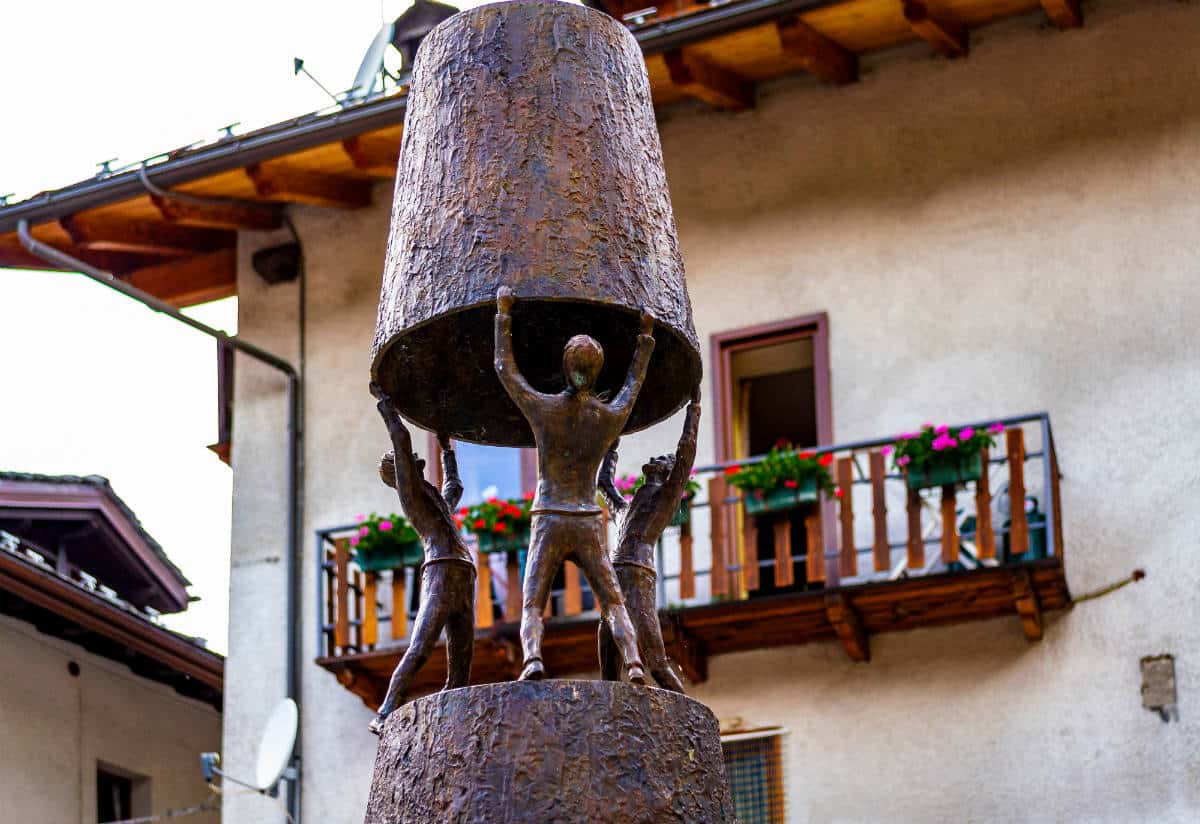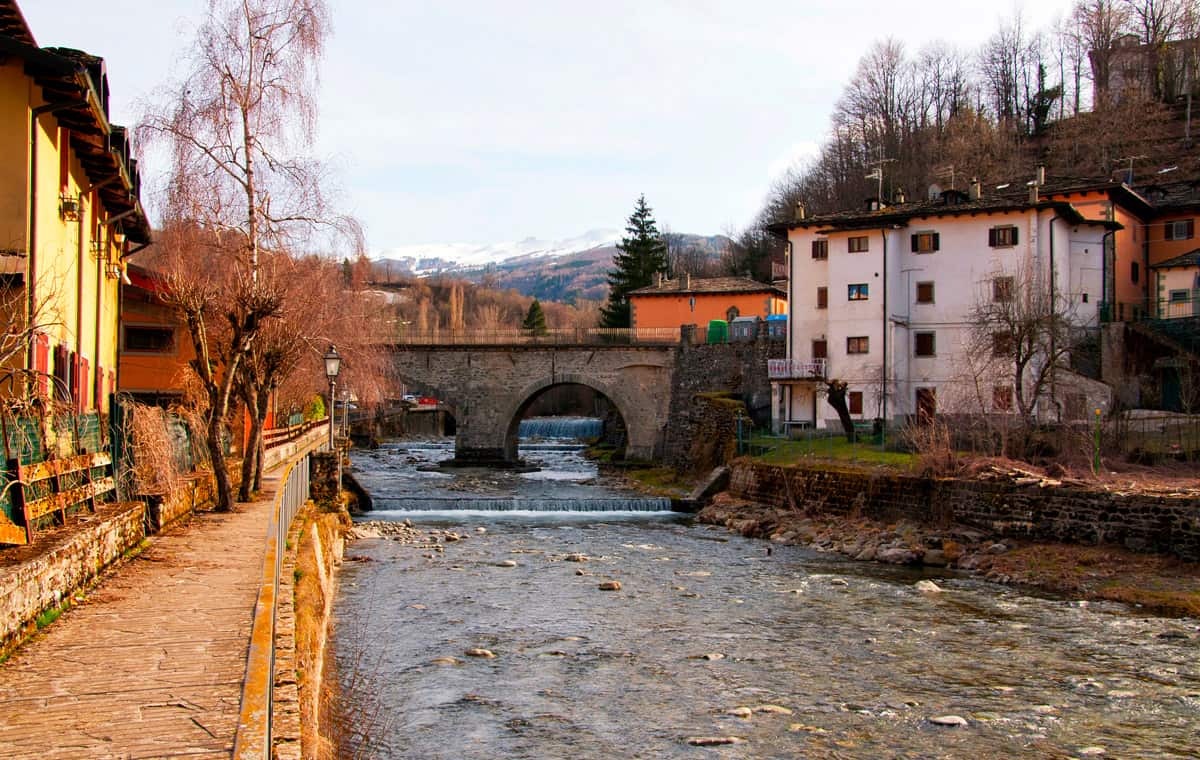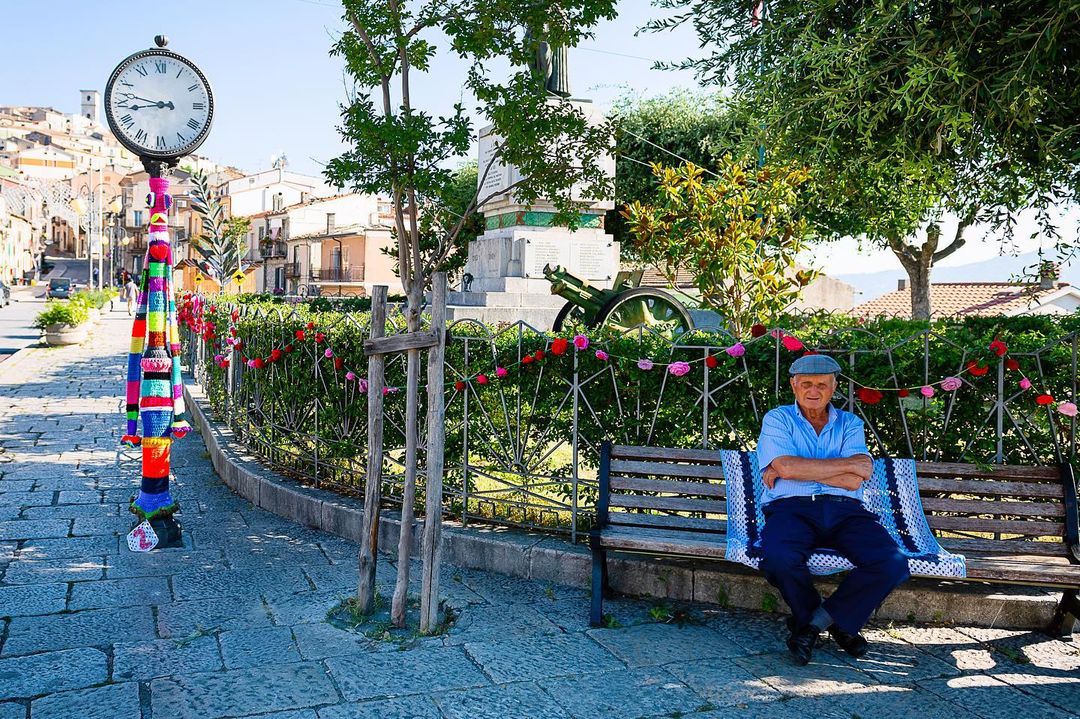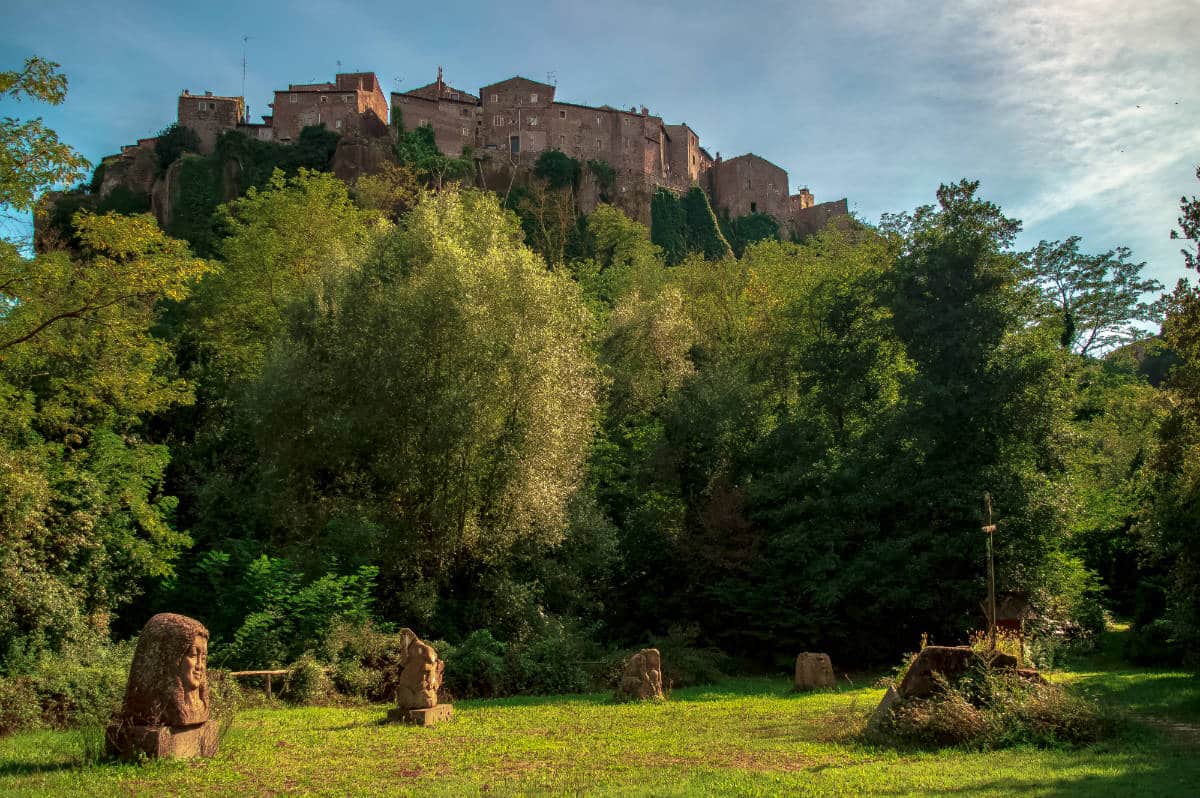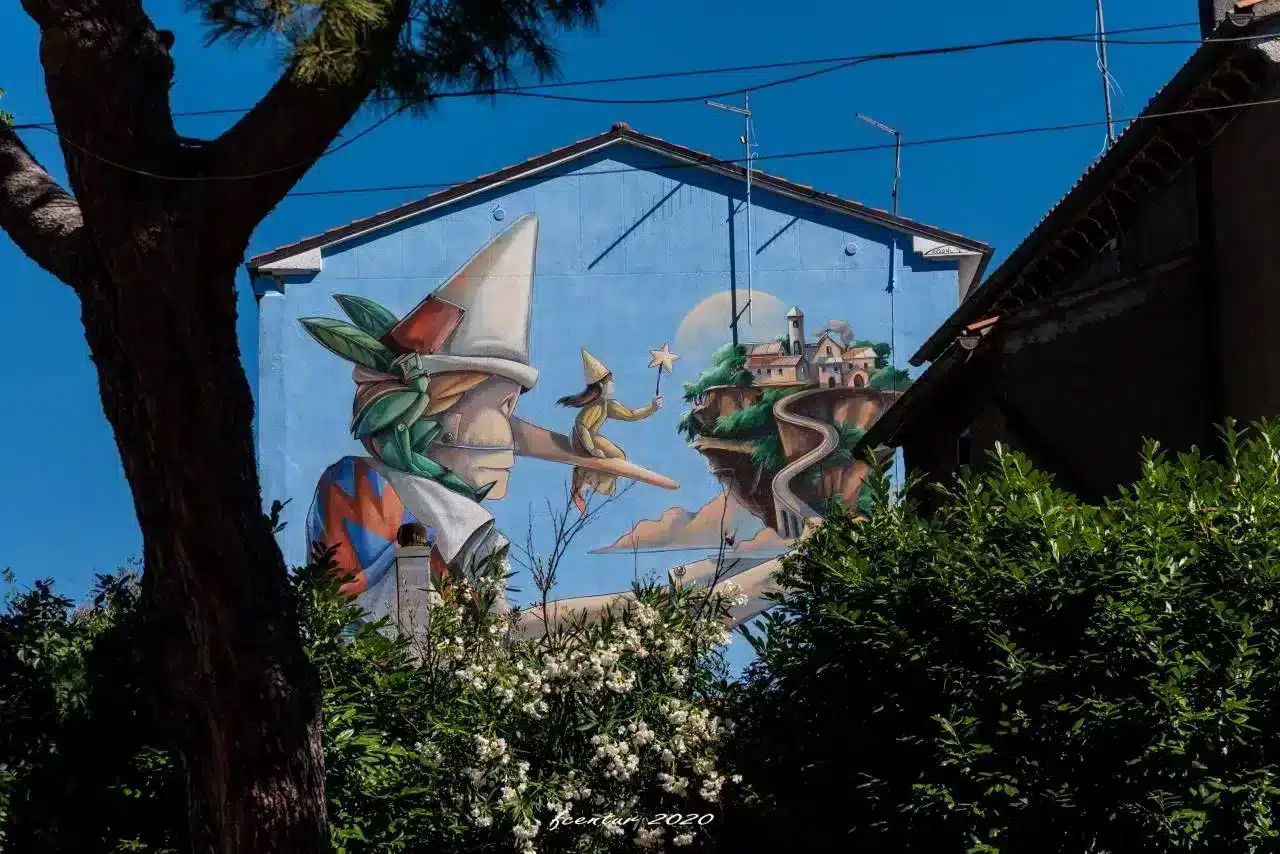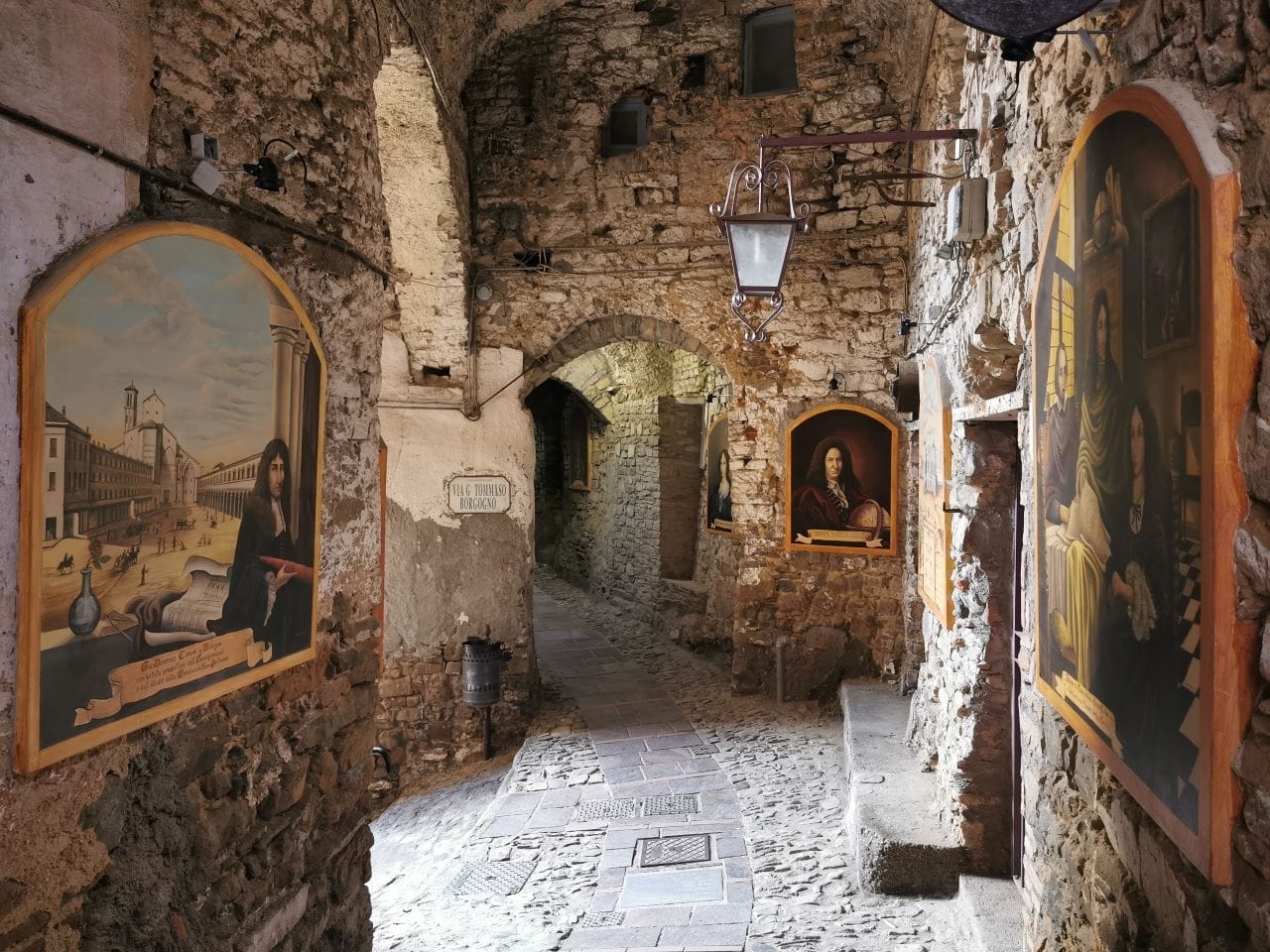It is an extraordinary sight on the Tuscan archipelago and on the Argentario, one that can be enjoyed from the village of Giglio Castello.
A view that between sun and nature is lost on the horizon, where the Tuscan sea joins the sky. It is on the heights of the island of Giglio that the medieval village stands almost as a lookout of its borders, towering over the natural treasures of this handkerchief of land a handful of kilometers from Porto Santo Stefano, among holm oaks and strawberry trees, lentisk and cistus plants, heather and myrtle, important elements of the island’s spontaneous vegetation.
From the atmosphere remained intact over time, Giglio Castello is among the most picturesque destinations of our islands, surrounded by the imposing walls of the Medici plant, interspersed with three circular towers and the three entrance gates to the village built by the Pisans in the Twelfth century, repeatedly expanded and restored by the Grand Dukes of Tuscany.
It is the bus to take us to the village perched at four hundred meters above sea level. You can see Corsica, Montecristo, Elba, Argentario and Giannutri.
Dominated by the imposing Rocca Aldobrandesca, the narrow streets of the village topped by arches intertwine between stairs and steps.
In the heart of the inhabited area stands the church of San Pietro Apostolo from the eighteenth-century, which preserves what is called the “treasure”, coming from the private chapel of Pope Innocent XIII, the latter donated to his personal chaplain, the Giglio Olimpio Milani who in 1725 donated it to the church of San Pietro.
Treasure including an ivory crucifix attributed to Giambologna, eighteenth-century reliquaries, as well as the reliquary arm of San Mamiliano.
Leaving the church here is the granite arch and the well that signal the presence of the underground cistern made by the Medici as a reward to the islanders capable of repelling the Saracen raid of 1799.
Giglio Castello must be explored without setting a goal. His visit must be a slow discovery of his details and his charm.
The picturesque views and sea views alternate with small shops and shops as well as restaurants where you can taste local specialties.
Among the typical dishes of the village there is certainly the wild rabbit cacciatore, prepared with tomatoes, spices grown in the Mediterranean and the chili. The typical local rabbit is then joined by the many fish and shellfish dishes caught in the Tuscan archipelago, flavored with the perfumes of scrub, to be served with a good local wine.
Typical product of the village is the robust, still and dry white wine, Ansonaco.
Cultivated since ancient times in tiny terraces overlooking the sea, it is produced by joining the local Ansonica grape with a little Biancone, Malvasia, Procanico and Moscatello.
Do not miss a stop in one of the cellars of Giglio Castello to taste the Ansonaco and maybe buy a few bottles.


